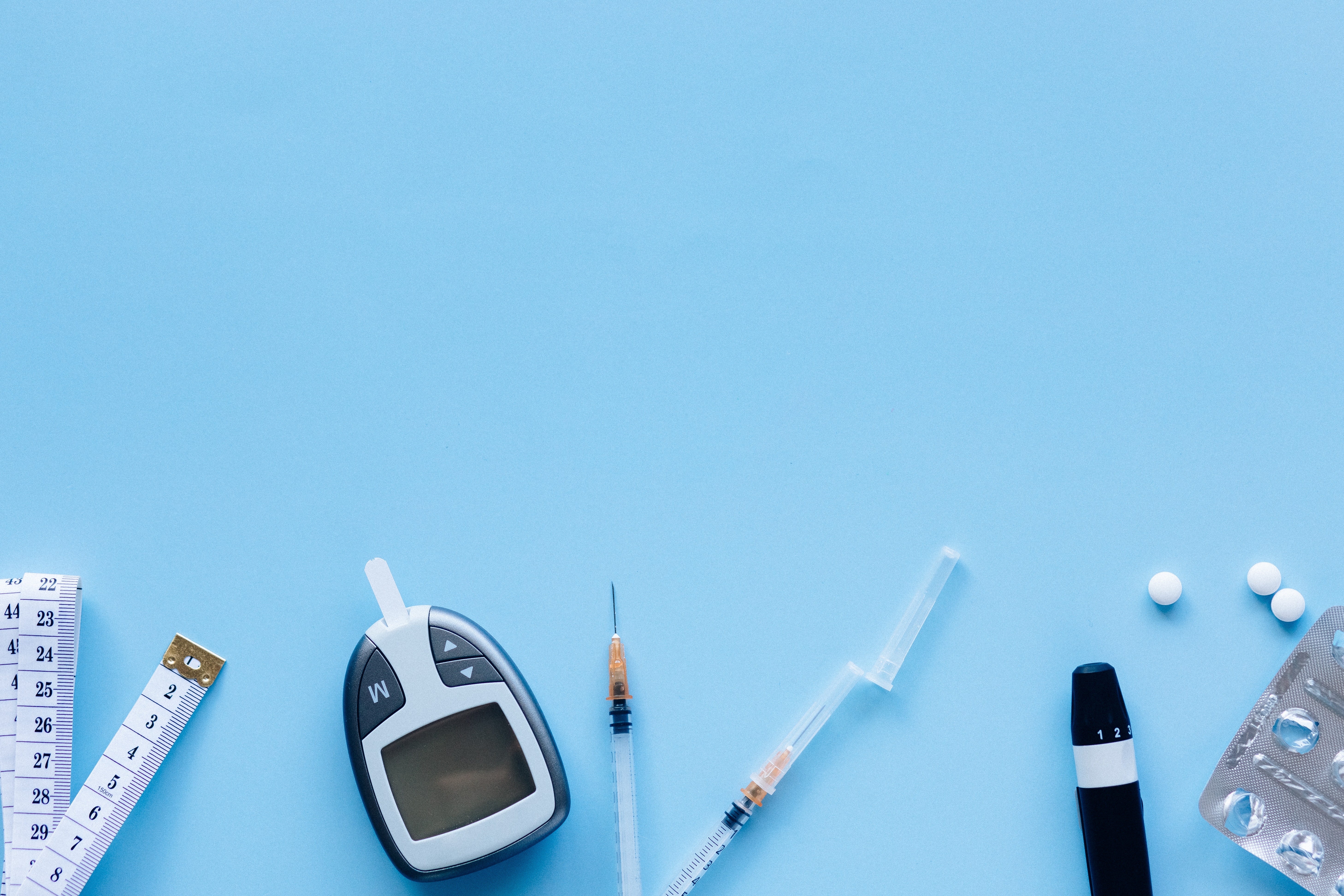WASHINGTON (Sept 21, 2022) -- In a large clinical trial that directly compared four drugs commonly used to treat type 2 diabetes, researchers found that insulin glargine and liraglutide performed the best of four medications approved by the U.S. Food and Drug Administration to maintain blood glucose levels in the recommended range. Blood glucose management is a key component of keeping people with type 2 diabetes healthy. All four medications evaluated were added to treatment with metformin, which is the first-line drug to treat type 2 diabetes. The trial based at the George Washington University Biostatistics Center (BSC), was funded by the National Institute of Diabetes and Digestive and Kidney Diseases (NIDDK), part of the National Institutes of Health.
More than 37 million Americans have diabetes, and approximately 90 to 95% of them have type 2 diabetes. People with diabetes who keep their blood glucose levels in the near-normal range generally have a much lower risk of developing diabetes complications such as nerve, kidney, and eye diseases. Diabetes is difficult to treat, as most people require more than one medication to control blood sugar levels over time.
While there is general agreement among health care professionals that metformin combined with diet and exercise is the best early approach in diabetes care, there is no consensus on what to do next to best keep high blood glucose in check.
Launched in 2013, the Glycemia Reduction Approaches in Diabetes: A Comparative Effectiveness (GRADE) Study was conducted at 36 U.S. study centers. It was designed to compare four major medications approved by the FDA at the time GRADE started to treat diabetes in combination with metformin. Major results were published in a pair of papers in The New England Journal of Medicine.
GW served as the prime awardee for the GRADE study and in turn funded the participating U.S. study centers. “In such a study, it is imperative that the enterprise be conducted in the most rigorous manner possible. The GW Biostatistics Center excels in this regard,” John Lachin, Research Professor at the GW Biostatistics Center, said. “The adherence and completeness of the study were remarkable. The GRADE results provide a basis for evidence-based decisions by patients with diabetes and their care-givers,” The Biostatistics Center is based at the GW Milken Institute School of Public Health.
The study enrolled 5,047 people with type 2 diabetes from diverse racial and ethnic groups who were already taking metformin. Participants were randomly placed into one of four treatment groups. Three groups took metformin plus a medicine that increased insulin levels, sitagliptin, liraglutide, or glimepiride. The fourth group took metformin and insulin glargine U-100, a long-acting insulin.
After an average of four years of follow-up, the study found that participants taking metformin plus liraglutide or insulin glargine achieved and maintained their target blood levels for the longest time compared to sitagliptin or glimepiride. This translated into approximately six months more time with blood glucose levels in the target range compared with sitagliptin, which was the least effective in maintaining target levels. Treatment effects did not differ based on age, sex, race or ethnicity.
However, none of the combinations overwhelmingly outperformed the others. Although average blood sugar levels decreased during the study, nearly three quarters of all participants were unable to maintain the blood glucose target over four years, underscoring the difficulty in maintaining recommended targets in many patients with type 2 diabetes.
The study also looked at the treatments’ effects on developing diabetes-related cardiovascular disease. Researchers found that participants in the liraglutide group were least likely to experience any cardiovascular disease overall compared to the other groups.
The study also examined side effects of the drugs, finding:
-
Severe hypoglycemia, often called a low blood glucose reaction, was generally uncommon, but affected more participants assigned to glimepiride (2.2%).
-
Gastrointestinal symptoms were more common with liraglutide than with the other three treatment groups.
In addition, on average, participants in all treatment groups lost weight. Over four years, people in the liraglutide and sitagliptin arms lost more weight (an average of 7 and 4 pounds, respectively) than the glargine and glimepiride arms (less than 2 pounds).
“With many treatment options available for type 2 diabetes, health care providers and patients can find it difficult to know which drug is best for which person,” NIDDK Director Griffin P. Rodgers, said. “NIDDK stands uniquely poised to support comparative effectiveness trials like GRADE to help providers make evidence-based recommendations that lead to better health for their patients, and for all people living with type 2 diabetes.”
A now-available type of diabetes drug called SGLT2 inhibitors was not approved by the FDA at the launch of GRADE recruitment and was not included in the study.
The GRADE Study was supported by a grant from NIDDK (U01DK098246). Additional support was provided by the National Heart, Lung, and Blood Institute; National Institute of General Medical Sciences; National Center for Advancing Translational Sciences; the Centers for Disease Control and Prevention; and the American Diabetes Association. The Department of Veterans Affairs provided resources and facilities. Material support in the form of donated medications and supplies has been provided by Becton, Dickinson and Company, Bristol-Myers Squibb, Merck & Co., Inc., Novo Nordisk, Roche Diagnostics, and Sanofi. ClinicalTrials.gov number: NCT01794143.
-GW-


